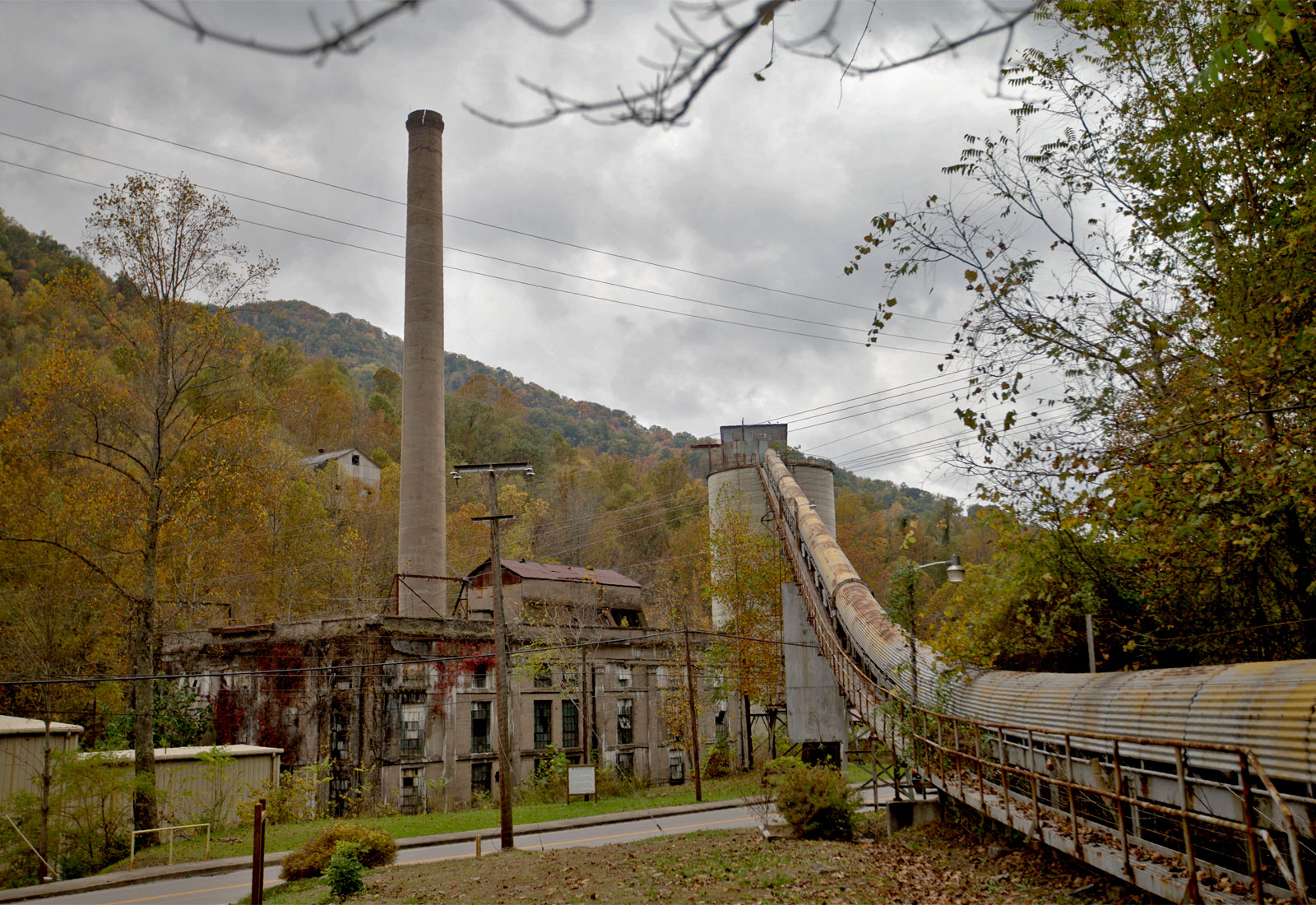Trump Prioritizes Trade Deals Despite Growing Economic Uncertainty

Table of Contents
Trump's Trade Deal Focus: A Defining Characteristic
Trump's "America First" trade policy fundamentally reshaped the US's approach to international commerce. His administration prioritized renegotiating existing agreements and forging new bilateral deals, often at the expense of multilateral partnerships. This approach, while controversial, became a defining characteristic of his presidency.
- Withdrawal from the Trans-Pacific Partnership (TPP): Trump's early decision to withdraw the US from the TPP signaled a decisive shift away from multilateral trade agreements. This move was justified as prioritizing American interests over broader global partnerships.
- Renegotiation of NAFTA into USMCA: The North American Free Trade Agreement (NAFTA), a cornerstone of North American trade for decades, was renegotiated into the United States-Mexico-Canada Agreement (USMCA) under Trump's administration. This involved significant revisions to labor, environmental, and intellectual property provisions.
- Trade Disputes with China, including Tariffs: The Trump administration engaged in a protracted trade war with China, imposing significant tariffs on various goods. This aggressive tactic aimed to address trade imbalances and protect American industries.
- Emphasis on Bilateral Deals Rather Than Multilateral Agreements: Trump's preference for bilateral trade agreements reflects a belief in negotiating directly with individual countries, allowing for greater leverage and control over specific terms. This contrasted sharply with the previous emphasis on multilateral agreements involving numerous nations. This aspect of his Trump trade policy sparked considerable debate among economists and policymakers.
Economic Uncertainty During the Trump Administration
The economic landscape during Trump's presidency was a complex mix of growth and uncertainty. While the initial years saw robust economic growth, several factors contributed to a climate of increasing unease.
- Pre-pandemic Economic Growth: The US economy experienced a period of growth during the early years of the Trump administration, fueled by tax cuts and deregulation. However, this growth was not evenly distributed, and questions remained about its sustainability.
- Rising National Debt: The tax cuts, coupled with increased government spending, led to a significant increase in the national debt. This raised concerns about the long-term fiscal health of the nation.
- Trade Wars and Their Impact on Global Markets: The trade disputes, particularly with China, introduced considerable volatility into global markets. Businesses faced uncertainty regarding tariffs and supply chains, impacting investment and growth.
- Early Signs of Economic Slowdown: Even before the COVID-19 pandemic, there were signs of an economic slowdown, raising concerns about the potential for a recession.
Statistics on Economic Growth Rates: While GDP growth was positive during parts of Trump's term, it fluctuated, and the rate of growth slowed in the latter part of his presidency. Specific figures on GDP growth, inflation, and unemployment rates should be consulted for a complete picture.
Mention Specific Economic Indicators (e.g., GDP, Inflation): Analysis of these key indicators provides a more nuanced understanding of the economic climate during this period, allowing for a more informed assessment of the impact of Trump's trade policies.
Analysis of the Impact of Trade Disputes on Specific Sectors: Sectors heavily reliant on trade with China, such as agriculture and manufacturing, experienced significant challenges due to the trade war. The impact varied considerably across different industries and regions.
The Rationale Behind Prioritizing Trade Deals Amidst Uncertainty
Despite the economic headwinds, Trump's continued focus on trade deals can be attributed to several factors:
- Political Motivations: Negotiating and finalizing trade deals were central campaign promises, and their successful implementation served as key achievements for his administration.
- Belief in the Long-Term Benefits of Revised Trade Agreements: Trump's administration believed that renegotiating existing agreements would ultimately lead to fairer and more beneficial terms for the United States.
- Strategic Goals to Reshape Global Trade Relationships: The trade actions were also viewed as a strategic effort to reshape global trade relationships and strengthen America's position in the international marketplace.
Examples of Specific Benefits Claimed for Each Deal (e.g., Job Creation, Increased Exports): The administration often cited job creation and increased exports as key benefits of the USMCA and other deals. However, these claims were subject to significant debate and analysis.
Counterarguments and Critiques of These Claims: Critics argued that the benefits were overstated, that job losses in certain sectors outweighed gains in others, and that the overall impact on the US economy was less positive than claimed.
Long-Term Impacts of Trump's Trade Policies
The long-term effects of Trump's trade policies are still unfolding and are subjects of ongoing debate.
- Evaluation of the Success or Failure of Specific Deals (e.g., USMCA): The USMCA's overall impact is still being assessed, with economists offering varying perspectives on its success.
- Analysis of the Impact on Various Industries and Sectors: Different industries experienced varied effects, with some benefiting and others facing significant challenges.
- Long-Term Implications for US-China Relations: The trade war left a lasting impact on US-China relations, creating heightened tensions and uncertainty in the bilateral relationship.
Conclusion
Trump's prioritization of trade deals, despite significant economic uncertainty, was a defining feature of his presidency. His "America First" approach, marked by withdrawals from multilateral agreements, renegotiations of existing deals like NAFTA, and trade disputes with China, fundamentally altered the US's engagement in global commerce. While the economic climate during this period was complex and presented challenges, the rationale behind his trade policy stemmed from a combination of political commitments, beliefs in long-term benefits, and strategic goals to reshape global trade relations. The lasting impacts of these policies continue to be debated and analyzed, with ongoing assessments of their success or failure and their long-term implications for various industries and US foreign policy. To gain a deeper understanding of the complexities of Trump's trade policies and their continuing influence on the global economy, further research into the specifics of each deal and their economic impact is recommended. Explore the ongoing debate surrounding the effectiveness of Trump trade deals and their long-term implications.

Featured Posts
-
 The Wiz A Criterion Collection Classic Arrives In June
May 06, 2025
The Wiz A Criterion Collection Classic Arrives In June
May 06, 2025 -
 End Of The World Single Terbaru Miley Cyrus Resmi Dirilis
May 06, 2025
End Of The World Single Terbaru Miley Cyrus Resmi Dirilis
May 06, 2025 -
 Getting To Know Tracee Ellis Ross And Her Influential Family
May 06, 2025
Getting To Know Tracee Ellis Ross And Her Influential Family
May 06, 2025 -
 The Hidden Dangers Of Abandoned Gold Mines Toxic Pollution
May 06, 2025
The Hidden Dangers Of Abandoned Gold Mines Toxic Pollution
May 06, 2025 -
 Colman Domingo And Marco Calvani A Powerful Performance In The Four Seasons
May 06, 2025
Colman Domingo And Marco Calvani A Powerful Performance In The Four Seasons
May 06, 2025
